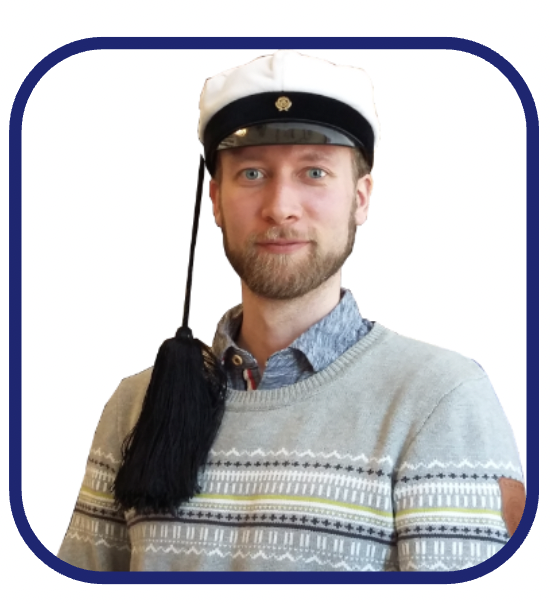Applications
 Part of the Oxford Instruments Group
Part of the Oxford Instruments Group
Expand
Collapse
We caught up with Dr Samuli Autti to ask how he is feeling after being named winner of the Nicholas Kurti prize and to find out where he thinks his research will take him next.

Dr Samuli Autti, University of Lancaster
The Award recognises Dr Autti’s achievements in macroscopic quantum systems at ultra-low temperatures. This research will help lead the way to understanding exotic topological defects, time crystals and their interactions, the decay of quantum turbulence, and the microstructure of unconventional superfluids.
Follow Samuli’s work here!
How does it feel to have won the Nicholas Kurti Science Prize?
I am grateful and honoured to receive this prize. However, I would like to point out that experimental physics is teamwork, and much credit goes to the numerous brilliant people I am collaborating with and have been instructed by in the past.
Can you tell us more about the research you submitted?
The four main discoveries for which this prize is awarded are half-quantum vortices, basic time crystal physics, the Kelvin wave cascade, and the two-dimensional character of 3D superfluid 3He. All of these come with a story which won’t fit here, but I will share some highlights.
Half-quantum vortices were predicted to exist some four decades ago, and plenty of work had been committed to discover them. In brief, half-quantum vortices are "holes" in the superfluid that allow for a circular flow of the liquid. What makes them exceptional is that the flow comes in units smaller than one quantum, the usual absolute minimum chunk in quantum physics. We started measurements in the novel polar phase of superfluid 3He where these strange vortices turned out to be stable, as most obstacles had already been removed by the work done by others. This was probably the easiest experiment I have ever carried out as everything aligned right away. We were in the right place at the right time.
The Kelvin wave cascade was a major missing piece in the conservation of energy in turbulent flows in quantum fluids. This work took over a decade of analysis, thinking, simulations and theoretical work after the first experiments were carried out when I was starting my PhD in Aalto. That is, things don't always turn out so easily!
The field of time crystals emerged a few years ago around work that we had been doing on magnetic particles that emerge in superfluid 3He if we give it a little kick. These particles come very close to making a perpetual motion machine, which is essentially what an ideal time crystal is. It has been a privilege to explore a novel phase of condensed matter, and we managed to steer the field with a handful of key papers. However, luck definitely played a part in this story too.
To the layperson, that superfluid 3He seems to be two-dimensional is easily the most striking of the research outcomes mentioned here. Superfluid 3He is a transparent liquid. It needs to be kept outrageously cold.Imagine sticking a rod in this liquid, contained in a pint glass. The bulk of the liquid is mechanically a vacuum, meaning that the rod moves through it with absolutely no force acting to slow down its motion. The heat flowing in along the rod does not enter the bulk liquid either. Instead, it flows away in a very thin layer along the surface of the rod and then away along the free surface of the liquid and walls of the glass. This very unusual behaviour emerges at the interface between classical physics and quantum physics. Perhaps we will be able to understand this interface, one of the big open questions in quantum physics, by exploring 3He in more detail.
Is there a particular part of your research of which you are especially proud?
I have enjoyed nearly all the research projects I have been working on, not only the paramount and lucky ones that this prize was awarded for. Nevertheless, none of them are the favourite part of my research. Superfluid 3He is possibly the most versatile and influential macroscopic quantum system in the laboratory. It has touching points and conceptual exchange with seemingly distant fields of physics, such as particle physics and cosmology. The Higgs mechanism is perhaps the most famous recent example, having originated from superfluid (-conductor) theory. It is being a part of the community effort to make use of this that I value the most.
What’s next for your research?
My current research is looking to answer questions such as "how does it feel to touch quantum physics" and "can we melt a time crystal". I am also working on a 3He-based dark matter detector and looking to explore phase transitions in conditions that only take place in superfluid 3He and the Early Universe.
Any final thoughts?
All of the discoveries discussed above were originally met with scepticism in the community. In other words, people's immediate opinions about your work are not always a measure of its significance or correctness.